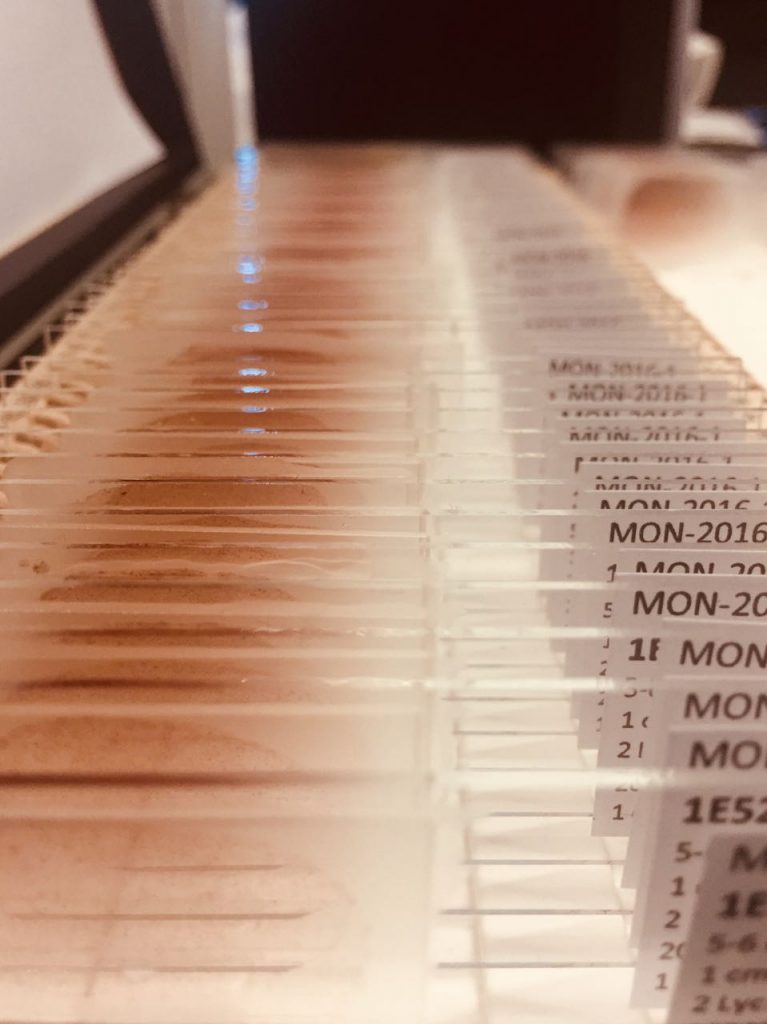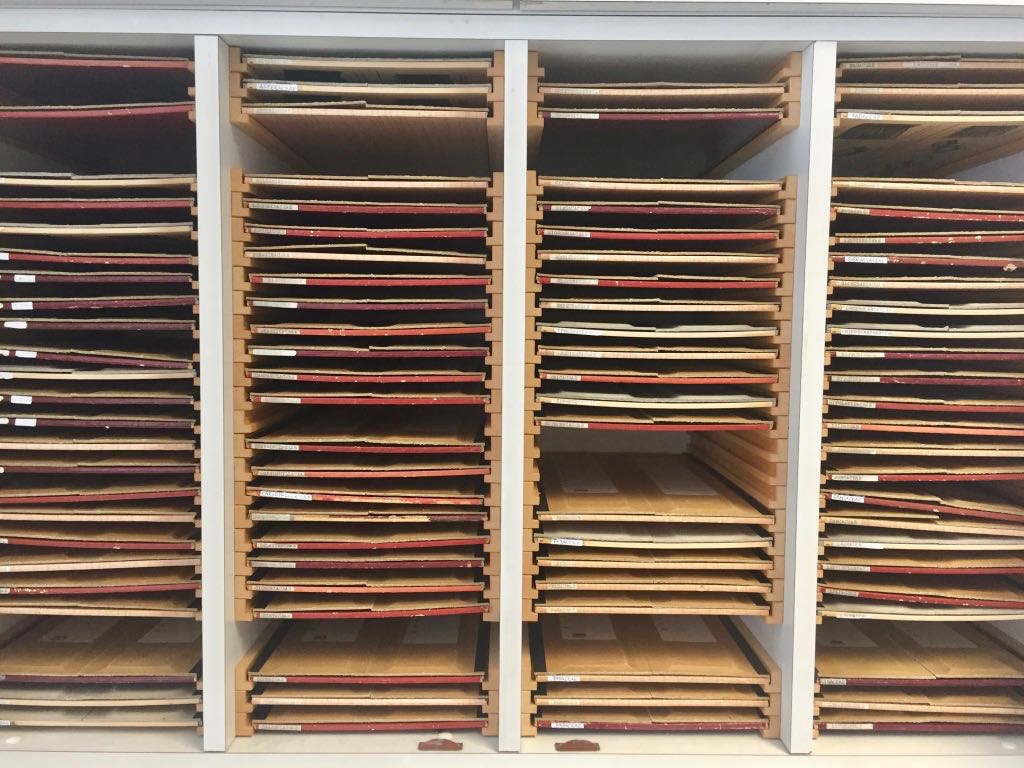Science is more about limiting doubts than creating certainties. To limit doubt, the reproduction of the same experiment should lead to draw the same conclusions, again and again. This is called the reproducibility, and it is a big deal in science. Actually, this is what makes scientific findings valid. This topic has received an increasing attention in the last years:
- A manifesto for reproducible science
- Challenges in irreproducible research
- Data Replication & Reproducibility
- Opinion: Is science really facing a reproducibility crisis, and do we need it to?

